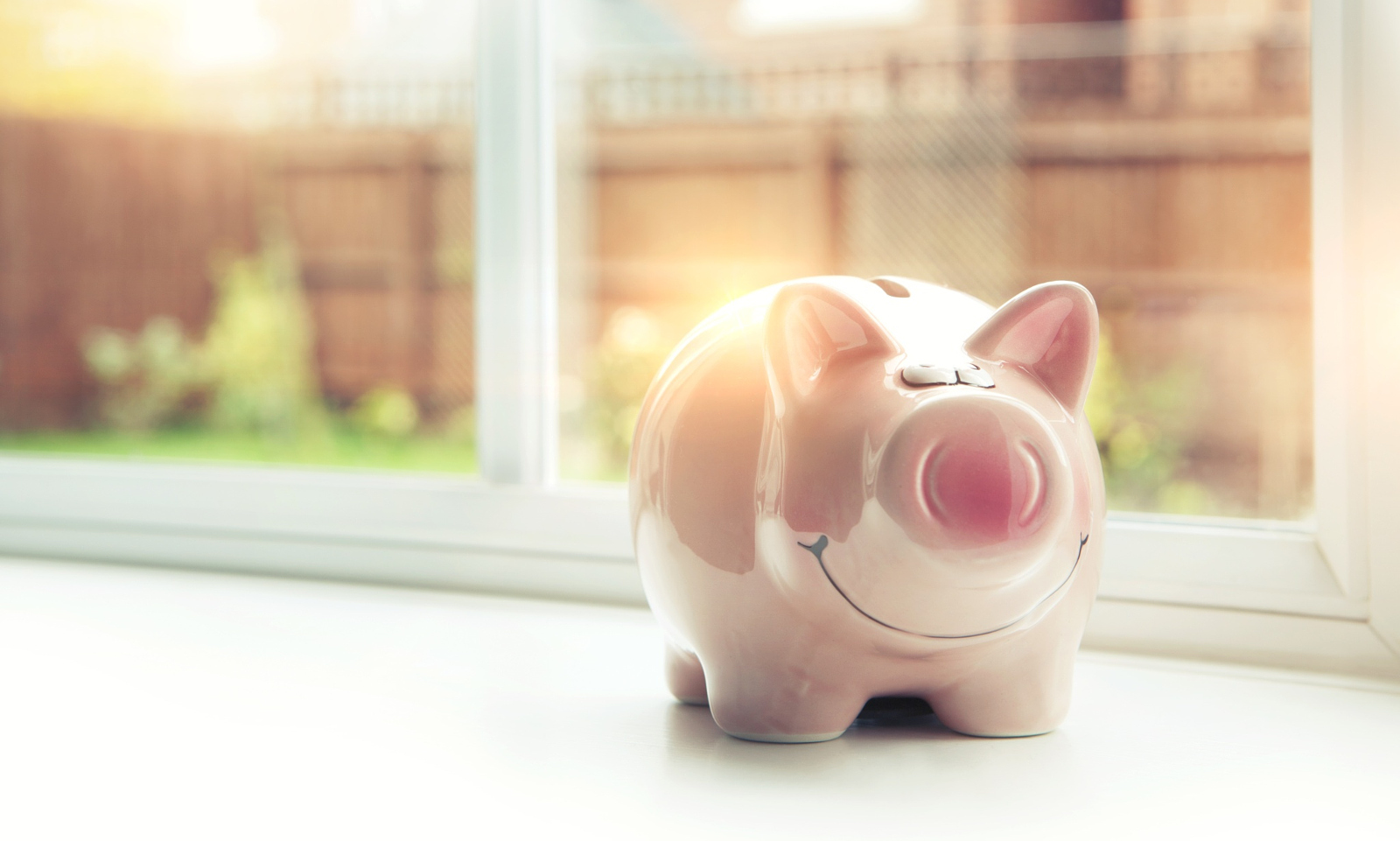Author Bio: Gavin Alexander knows freelance photography from both sides of the bookkeeping coin. He is a freelance videographer and photographer, as well as being Video Content Exec at Crunch Accounting. You can follow them on Twitter @TeamCrunch.
Managing finances is one of the trickier parts of freelancing. Most people go freelance so they can do work they love, not stare at spreadsheets all day. But, for better or worse, taking care of your invoices, expenses and taxes is all part and parcel of working for yourself.
The first task when you start freelancing is working out how much your time is worth. This will help you set your prices, and determine how much you earn every month.
Setting your prices is more complicated than just deciding what you want your annual earnings to be and dividing by working days in the year though. You need to factor in your expenses, any holiday you want to take, tax payments you need to make, and any other costs of running your business.
Getting Started
Let’s say you jump into freelancing and price yourself at $300 per day. With about 250 working days per year, that would give you revenue of $75,000—assuming you can book yourself solid, which is challenging to say the least.
You’ll need to buy yourself equipment—a body, lenses, a laptop, software, lights—which could easily cost $10,000. You’ll also need to travel to shoots, which could cost another $2,000 or more. You might also decide to take out some insurance, get a business bank account and hire a good accountant. Those will probably run you another $2,000 minimum. You might also want to take two weeks of holiday—that’s $3,000 in lost earnings.
Subtract those expenses from your revenue and you’re down to $58,000 in taxable profits. Take away about 20% for tax and your take home pay comes in at about $46,400. Still a respectable amount, but if you budgeted with expected earnings of $75,000 you’re in for a nasty surprise.
A better approach can be to work backwards. If you want to be taking home $75,000, add 20% on top for tax ($90,000), another $17,000 for those expenses and holiday and divide the total ($107,000) by 250 working days—your new day rate is about $430. There’s a great calculator here to work it out for you.
Products or Services?
Of course running a freelance business is rarely as simple as working a predictable number of days for a constant price. You’ll set different prices for different services, have busy periods where you work weekends, and quiet periods where it seems like you’re hardly working at all.
You might also want to explore different pricing structures. Charging based on time spent on a project can put off some cost-conscious clients, who might interpret your perfectionism as time-wasting intended to pump up your billable hours.
Wedding photography and professional headshots can easily be turned into standalone products (including retouching and prints) with their own set prices. These prices will be based on your day rate, so if a wedding shoot and editing takes two days—$860—and the prints cost $140, your wedding package could be offered for $1,000. The same earnings for you, but a fixed price that can be easily slotted into wedding budgets for your client.
Negotiations
Many clients will want to negotiate a price, and every freelancer has their own tactics for dealing with price sensitive clients, but here are a few methods to think about.
Stand firm
Lowering your prices is literally devaluing your work, and if you tend to be booked solid there’s very little reason to lower your prices. Stick by your rates, and let the client walk if they don’t like it.
A little flexibility
In some cases it can be advantageous to lower your price a little. A job that would be a spectacular addition to your portfolio, or a retainer that will give you steady income for months are both common reasons for lowering prices. If it works for you, go for it.
Built-in contingency
Once you’ve calculated your day rate, add 10% on top. Give this price to clients in the first instance and if they accept it, great! If they want a discount, you can easily take 10% off and still be getting your preferred rate.
You keep your earnings where they need to be, and your client gets a deal—everybody wins.
Don’t Ignore the Competition
Freelance photography is a crowded market (in fact recent figures from the UK’s Office for National Statistics showed that over half of all photographers are freelance) and you can’t set your pricing in a vacuum.
Price yourself too high and you’ll lose lots of work to cheaper competitors (unless you’re the go-to authority in a specific niche), price yourself too low and you’ll probably be inundated with clients, but have to work 24/7 to achieve a decent income.
Worse still, you’ll be devaluing the entire market. Competitors will have to lower their prices to compete with you, and the average value of photography services will suffer.
Think carefully about how you want to position your offering. Do you want to offer a premium service with prices to match, or do you want to offer more affordable fare to a larger customer-base? These are the factors that need weighing up when fine-tuning your day rate.









Leave a reply